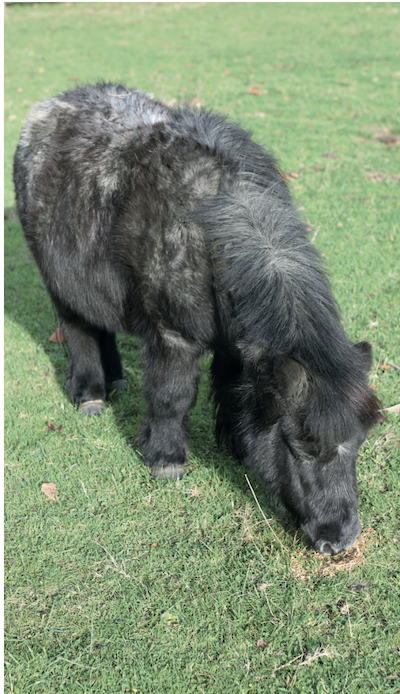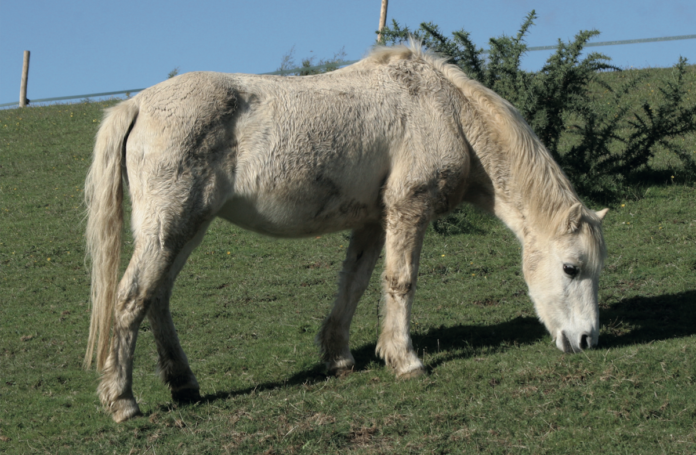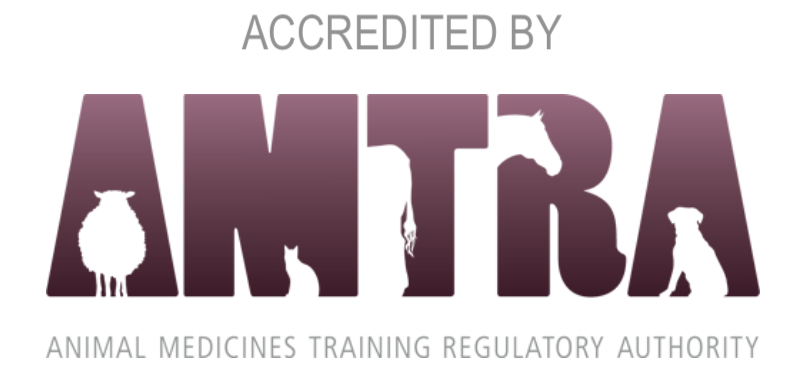CARE OF THE VETERAN HORSE - Part 2
By Kate Hore RNutr(Animal), senior nutritionist at NAF
All RAMAs/SQPs must earn a certain number of CPD points in a given period of time in order to retain their qualification. RAMAs/SQPs who read this feature and submit correct answers to the questions below will receive two CPD points.
In the first part of our veteran horse care series last month (ETN August), we covered some of the key aspects associated for veterans, including soundness, digestive health and the immune system. However while conditions of the musculoskeletal system and digestive tract are often the most common issues in older horses, they are by no means the only concerns.
ENDOCRINE DISEASE
The endocrine system relates to hormones and those glands that secrete them, and endocrine disease is a significant issue in ageing equines. Two of the most important endocrine conditions are Pituitary Pars Intermedia Dysfunction (PPID) and Equine Metabolic Syndrome (EMS). PPID is commonly known as Cushing’s Syndrome, as it was first recognised by neurosurgeon, Harvey Cushing in 1912.
First noted in people, Cushing’s has since been recognised in many species, and is a common condition of older horses, with research finding it one of the principle causes of euthanasia in aged horses. PPID affects the pituitary gland, situated at the base of the brain, which when damaged results in signs including laminitis, weight loss, excessive drinking, sweating and depression. Perhaps the best known sign is the retention of the longer winter coat, which may become typically curly in its appearance.
Although it can occur in younger horses, the average age of onset for Cushing’s is the late teens. Targeted nutritional support is recommended, and will typically include anti-ageing herbs, such as ginkgo and ginseng, working in synergy with herbs for hormonal balance, such as Vitex agnus castus (aka, Chasteberry), which is used both for PPID, and for hormonal imbalance in moody mares.
As laminitis is one of the most serious risks associated with PPID it is important to ensure the horse is on a suitable high fibre, low starch diet, and it is recommended to include digestibility enhancing probiotic yeast and prebiotics for metabolic function.
Owners of PPID affected horses and ponies are often looking for a natural, dietary approach to management, and there can be poor compliance associated with long-term pharmaceutical approaches. Therefore, there is a clear role for the SQP and nutrition advisor in-store to be advising both suitable whole diet and targeted nutrition. However, of course, your customer should be discussing any changes with their vet, particularly if the horse or pony is already on a pharmaceutical course.
The second commonly occurring endocrine condition of older equines is EMS. EMS is a syndrome, meaning a condition characterised by a collection of typical symptoms rather than one single disease. For EMS these symptoms typically include insulin resistance (IR), insulin dysregulation, laminitis, obesity and regional fat deposits.

Although younger animals can suffer EMS, it is more usually recognised in mid-teens and later, so it’s important that owners of older equines are aware of the signs. Early diagnosis will help the owner manage their EMS individual effectively. Owners of native types should be particularly aware, as they are more susceptible, though it can occur in any breed. The laying down of fat pads is an early sign, and research shows a cresty neck, in particular, is a consistent predictor of EMS, independent of the animal’s Body Condition Score (BCS).
Key to maintenance of the EMS horse is to maintain a healthy body condition score. We advise using a weigh tape weekly to monitor change. Ideally that tape will include a centimetre scale to measure the mid-neck circumference, so changes to their cresty neck score will be noted early.
Dietary support of the EMS equine includes ensuring the diet is high fibre and low cereal, particularly ensuring to remove starchy concentrates. If additional energy is required, i.e. for performance ponies, it is advised to feed a high oil diet, balanced with supplementary Vitamin E. Oil is a highly metabolisable, safe form of energy for EMS individuals. Lastly, don’t forget to ensure that simple diet is balanced for micronutrients, which may be deficient in local forage, so advise a concentrated balancer or broad-spectrum supplement designed to maintain a slim girth line.
NO FOOT, NO HORSE
Maintaining soundness, whether related to the musculoskeletal changes discussed last month, or endocrine changes discussed here, is of paramount importance to vitality and health in the older horse.
The hooves are integral to soundness, making the initial contact with the ground, absorbing concussive forces and propelling the horse forward. There is good reason why the saying ‘No foot, no horse’ is so well known. Unfortunately, it is an area that can be overlooked by the owner of the older horse, with research showing that while veterinary examination detected hoof abnormalities in 80% of horses over fifteen years old, only 27% of owners recognised and reported the issue.
Therefore we should be advising all owners, particularly those of teenage horses and older, to pay attention to hoof care. For horses with poor quality or slow growing hooves a complex of the key nutrients including bio-available sulphur, biotin, zinc and methionine would be recommended. While for all horses and ponies, we recommend a daily application of a farrier approved solution to encourage growth and healthy horn all year round.
OTHER
Ageing may bring changes to almost any system in the horse, and this is related to the compromised immune function discussed in part one of this series. In brief, a couple of other areas it is worth the owner of older animals to be aware of include :-
- Opthalmic: Factors affecting the eyesight of horses increase with age, and can be a source of acute or chronic discomfort for veterans, as well as compromising their ability for ridden work.
- Respiratory: Sub-clinical (un-detected) respiratory conditions are common in all horses, but increase with age resulting in airway inflammation. Owners should be encouraged to ensure their veteran is in a low-dust regime, and supplement with targeted nutrition if necessary.
In conclusion, when considering the veteran horse, we can see that maintaining soundness, digestive health (Part 1) and managing endocrine changes are, perhaps, the biggest challenges. However, many other areas may also be indicated. It is important that owners assess any changes, and adjust diet and management accordingly, to ensure their older horses maintain health and vitality well into their twenties.
ETN’s series of CPD features helps RAMAs (Registered Animal Medicines Advisors/SQPs) earn the CPD (continuing professional development) points they need. The features are accredited by AMTRA, and highlight some of the most important subject areas for RAMAs/SQPs specialising in equine and companion animal medicine.
AMTRA is required by the Veterinary Medicines Regulations to ensure its RAMAs/SQPs undertake CPD. All RAMAs/SQPs must earn a certain number of CPD points in a given period of time in order to retain their qualification. RAMAs/SQPs who read this feature and submit correct answers to the questions below will receive two CPD points. For more about AMTRA and becoming a RAMA/SQP, visit www.amtra.org.uk












